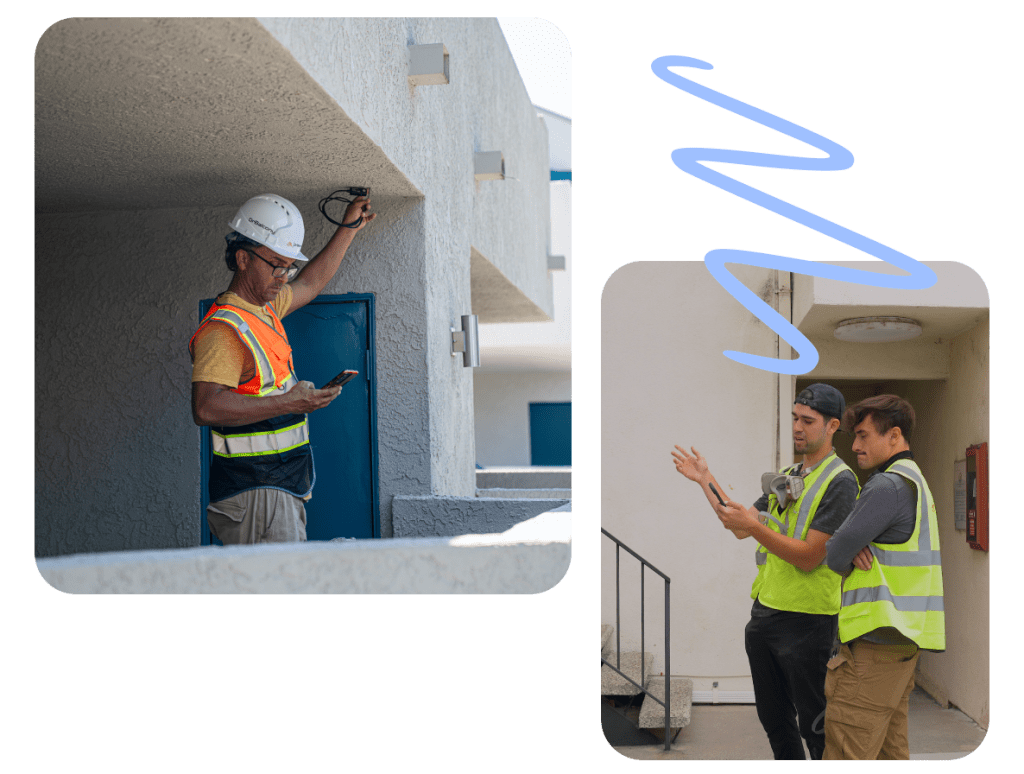Balcony Repair in California
Whether you’re a homeowner, property manager, HOA board member, or contractor, we tailor our solutions to your needs – and always start with a Free Estimate to give you a clear, no-obligation quote.
If your balcony shows signs of damage, such as cracks, wood rot, rust, or water leaks, it’s crucial to assess the extent of the problem before committing to costly repairs. Without an expert evaluation, you risk unnecessary expenses, improper fixes, or even non-compliance with California’s SB721 and SB326 regulations.

Don’t Let Minor Issues Turn Into Major Structural Failures
Many balcony issues start small, but if left unaddressed, they can lead to expensive repairs, safety hazards, or even complete collapses. Before you start any balcony repair, get an inspection that clearly outlines:
✔ What repairs are required for safety & compliance
✔ How urgent the issues are
✔ Whether your balcony passes SB721 & SB326 requirements
Not sure if your balcony needs repairs? Look out for these warning signs:
✅ Cracks in Concrete or Wood – Can indicate deeper structural problems.
✅ Water Leaks & Moisture Damage – A major cause of wood rot and rusted metal supports.
✅ Sagging or Uneven Balcony Floors – A sign of weakened load-bearing components.
✅ Rusty or Loose Railings – Could fail under weight or pressure, posing serious safety risks.
✅ Soft or Spongy Wood – Indicates dry rot, a common cause of balcony failure.
✅ Peeling or Bubbling Paint – A symptom of water intrusion and hidden damage.
🛑 Ignoring these issues can lead to costly repairs or even balcony collapses! Stay ahead of problems with a professional balcony inspection before hiring a repair contractor.
When you request an inspection for balcony repair, we provide a detailed assessment covering:
📋 Structural Integrity – Checks for cracks, rot, rust, and material degradation.
🛠 Load-Bearing Components – Verifies if your balcony can support weight safely.
🌧 Waterproofing & Drainage – Identifies leaks, sealant failures, and moisture damage.
⚠ Safety Hazards – Highlights potential fall risks, loose railings, and weak joints.
📸 High-Resolution Photos – Visual documentation of damage areas and repair needs.
✅ SB721 & SB326 Compliance Check – Ensures California legal requirements are met.
Our report gives you clear, actionable steps to confidently discuss balcony repairs with a contractor—without the risk of overpaying or missing critical safety issues.


💰 Avoid Unnecessary Costs – Many contractors suggest costly repairs that may not be needed. With our independent inspection, you’ll only pay for what’s necessary.
⚖️ Stay Legally Compliant – SB721 & SB326 require regular balcony inspections. Failing to comply can lead to fines of $100–$500 per day for property owners and HOAs.
🛠 Get the Right Repairs – An inspection ensures contractors focus on essential repairs rather than cosmetic fixes.
🏢 Protect Property Value – Well-maintained balconies increase building safety, longevity, and resale value.
📅 Plan Repairs with Confidence – Prioritize urgent fixes first and avoid last-minute emergency repairs.

